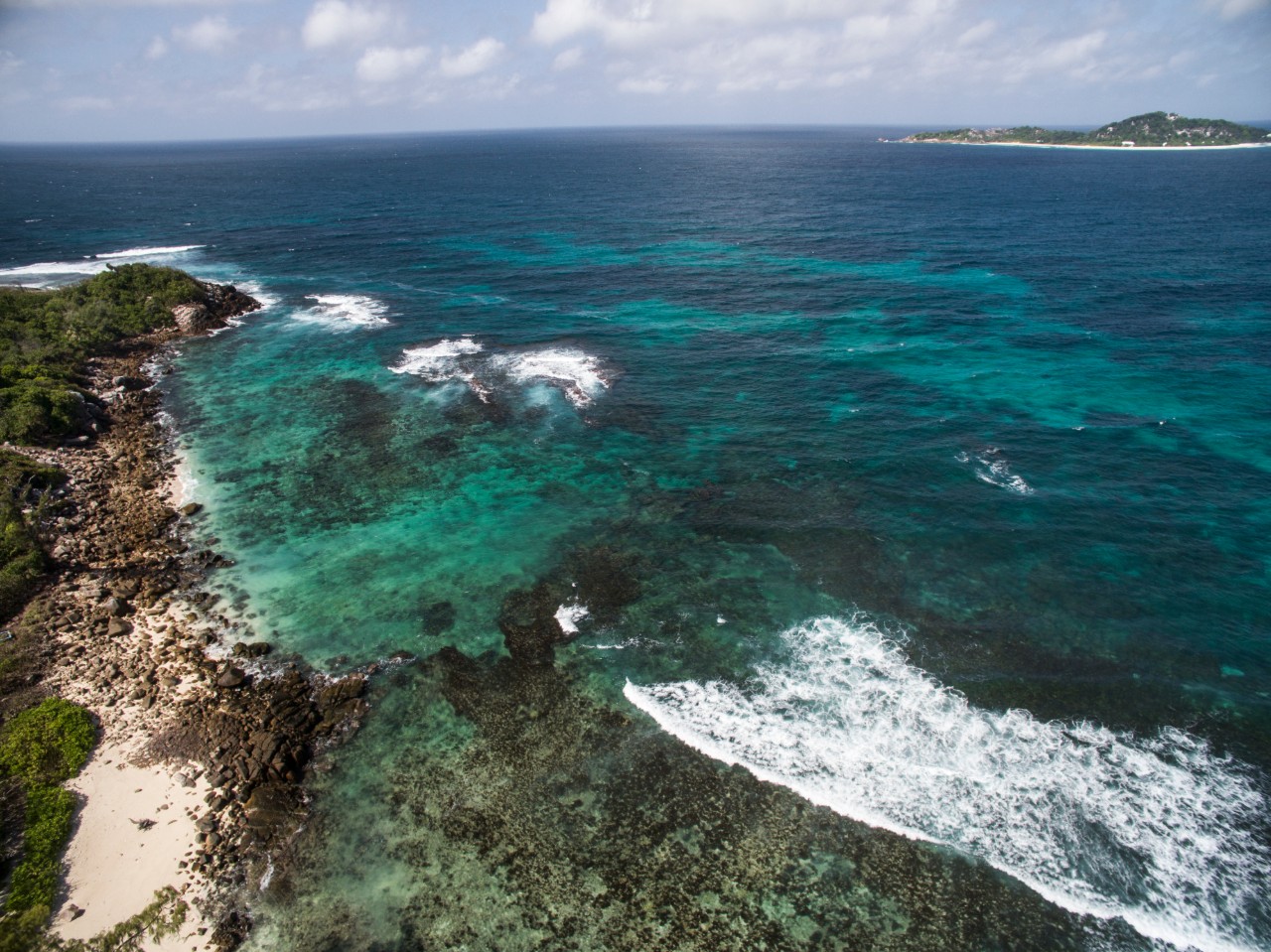 UNEP
UNEP
World Oceans Day – 8 June 2020
The ocean is hardly a static entity. It is changing all the time. As currents shift and move, coastal areas are eroded and marine species are forced to travel enormous distances, like never before. These challenges are on top of extensive changes to the ocean that climate change is bringing about.
Likewise, our relationship with the ocean has changed over time. Rising global populations and increased demands for services and materials from the ocean has rapidly and steadily increased the pressure we are placing on this blue planet, with negative impacts for nature and those very services and materials that we as human beings need.
If we hope for the ocean to continue to support our well-being, then we too much change. Hence, the timeliness and importance of the theme of this year’s World Oceans Day, “Innovation for a Sustainable Ocean”.
Innovations are more likely to emerge when there is an enabling environment and incentives to bring them forth. Under the Convention on Biological Diversity, Parties are negotiating the Post-2020 Global Biodiversity, to be adopted at the forthcoming 15th meeting of the Conference of the Parties (COP 15). This framework will contain a new set of global goals and targets for biodiversity and will also aim to strengthen the enabling conditions for effective implementation. This framework will also aim to catalyze and support innovation among a wide range of stakeholders and sectors in order to accelerate progress towards reversing global trends in biodiversity loss.
We are seeing glimmers of hope in innovation all around. For example, upcycling of plastic waste from the ocean is giving new life to yesterday’s waste, while technologies like waste drones are working to rid the ocean of debris. Researchers are also developing fully autonomous solar powered research vessels to monitor marine mammals and other trends in the ocean.
However, not all innovation comes from modern cutting-edge technologies. Local-scale and low-cost innovations, including from indigenous peoples and local communities, provide a wealth of possibilities. For example, local communities in Central America are reducing waste flowing from rivers into the sea by stringing together mesh with plastic bottles, called ‘biofences’, which has reduced trash entering the sea by 60% in these areas.
We must be proactive and seek out innovative approaches to conservation and the sustainable use of biodiversity, constantly questioning our long-held beliefs and practices. Only then can we truly realize the transformative change needed to achieve a sustainable future for the ocean.
More information: